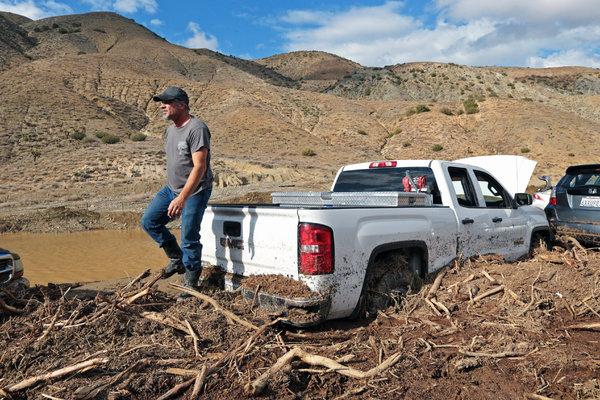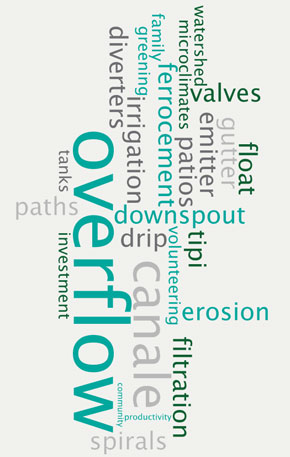The PermaDesign Weblog, with Nate Downey and Melissa McDonald!
Rainwater and Architecture
It is great to see this piece in The Guardian showing how rainwater harvesting is being incorporated into architecture these days. Some of these buildings are in regions that get quite a bit rain, too. Harvesting rain is always a good idea even in areas not prone to droughts. Every drop harvested is another saved for a river, aquifer, or wetland. Harvesting also presents a buffer that reduces the erosive effects of stormwater runoff. For more, check out my book, "Harvest the Rain," which delves deeply into the benefits of roofwater catchment.
11/05/2015 | (0) Comments
Roof-Reliant Landscaping™ Step 13B: Cost Estimating PHASE 2: Estimating Your Landscape Cost
It is possible to design your own landscape and cistern system, particularly if they are relatively simple. However, most large-scale or complex systems and landscapes are best designed by professionals who know the details of project planning and design.
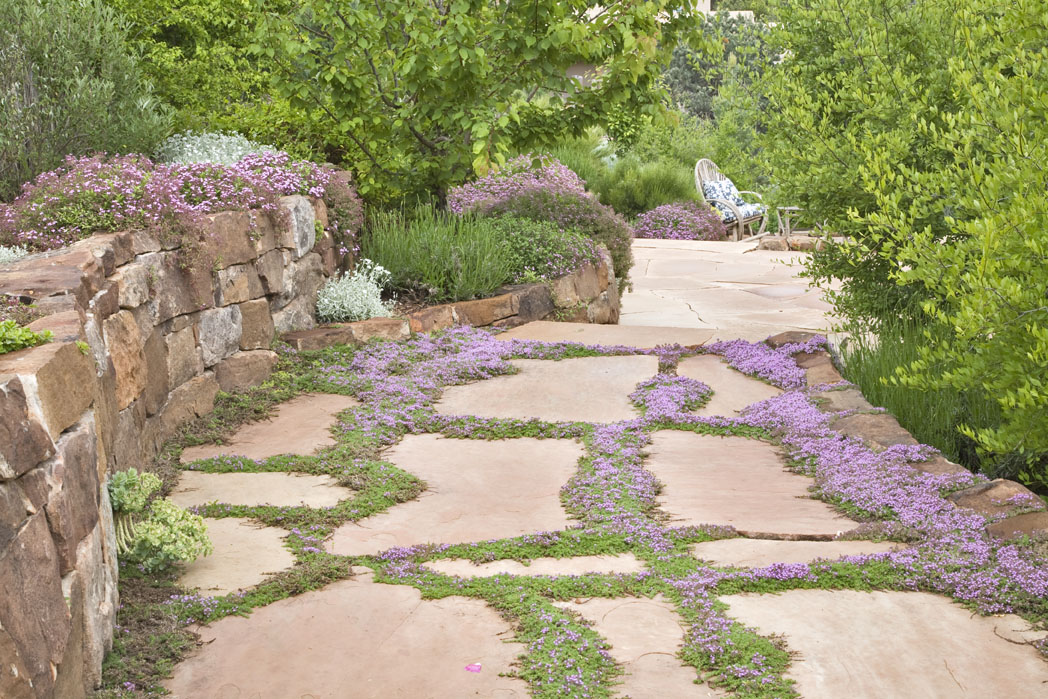
11/04/2015 | (0) Comments
Roof-Reliant Landscaping™ Step 13A: Planning and Designing PHASE 1: Estimating Your Cost
Now that you have chosen a workable landscape design option, you can estimate the cost of your landscape installation project. The cost-estimating procedure presented in this manual is based on the categories of common roof-reliant landscape features that were outlined in the previous chapter, and it will enable you to calculate a reasonably accurate financial picture of your project.
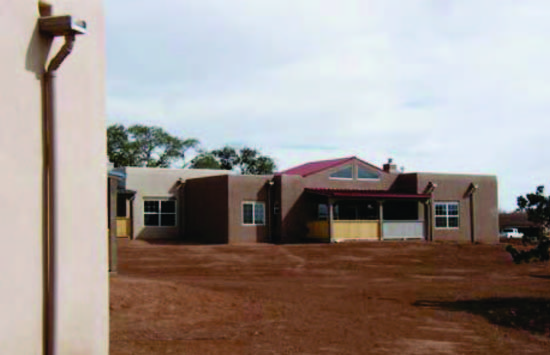
11/02/2015 | (0) Comments
Roof-Reliant Landscaping™ Step 12E: Planning and Designing PHASE 5: Choose Your Design
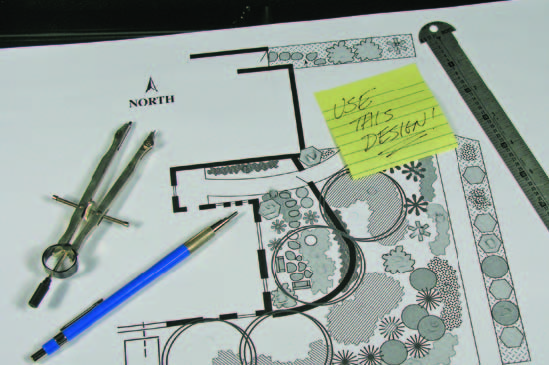
Choosing a design for your final roof-reliant system is a very personal decision. It involves your particular sense of aesthetics, your level of desire for being outdoors, your finances, your level of commitment to roof reliance and many other factors.
10/30/2015 | (0) Comments
Roof-Reliant Landscaping™ Step 12D: Planning and Designing PHASE 4: Generate Various Options
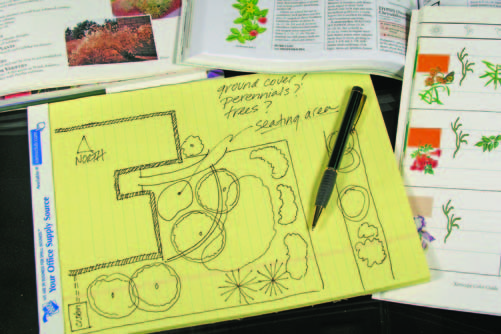
Now it is time to determine options for the landscape features you will have on your property and where they will be placed in relationship to each other. Based on your conceptual design, start to determine the places where the various features of your landscape might best be located.
10/28/2015 | (0) Comments
Roof-Reliant Landscaping™ Step 12C: Planning and Designing PHASE 3: Develop a Conceptual Plan
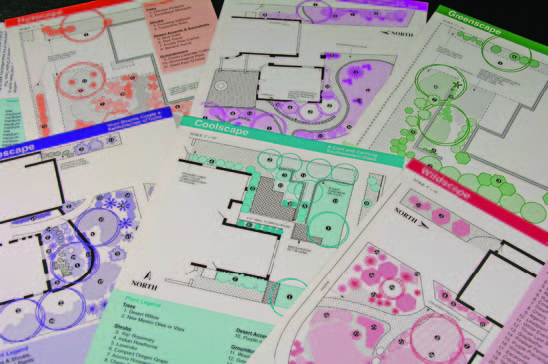
The third phase of landscape design is the development of a conceptual plan. Here, you integrate the scope and goals of your design with your site observations and evaluation. A conceptual plan provides the basic form of your landscape design, which includes the most important requirements of the plan with few details.
10/26/2015 | (0) Comments
Roof-Reliant Landscaping™ Step 12B: Planning and Designing PHASE 2: Evaluating Your Site
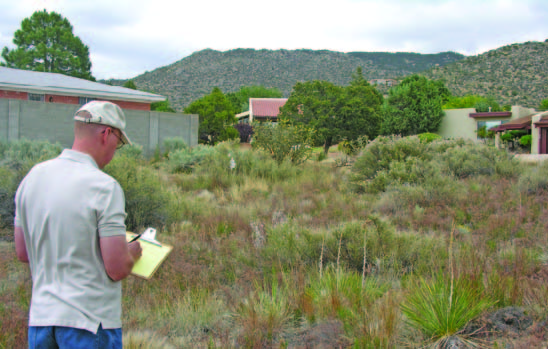
The second step in the landscape design process is site evaluation. This consists primarily of observation and research.
10/23/2015 | (0) Comments
Roof-Reliant Landscaping™ Step 12A: Planing and Designing Your Landscape: Phase 1: Clarify the Scope
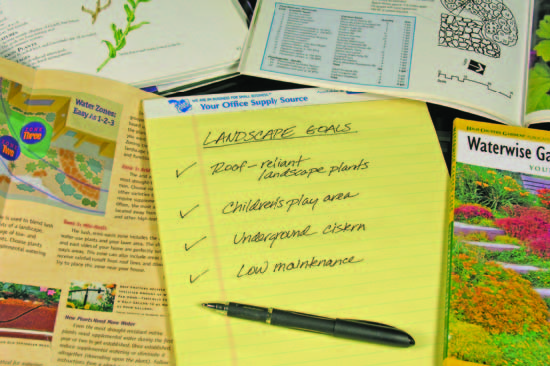
The first phase in designing your landscape should be to establish goals and objectives that help clarify the scope of your project. These goals will help set the course for your design and ensure that you create a roof-reliant landscape that is compatible with your lifestyle.
10/21/2015 | (0) Comments
Get Ready for El Niño, Harvest the Rain
In the desert Southwest sometimes we are faced by the double-edged sword of too much or too little rain. Most often, it is the latter. As rainwater harvesters, we can design systems that help on both ends of the spectrum. Our swales, berms, check dams, and rain-gardens can help moderate the flow, and redirect water to our over taxed aquifers. The subject of the Times article below is a great example of another consequence of drought. Mudslides and flashfloods can increase in severity due to the hardness of soil and lack of vegetation caused by months and years of little rain.
10/20/2015 | (0) Comments
Roof-Reliant Landscaping™ Step 12
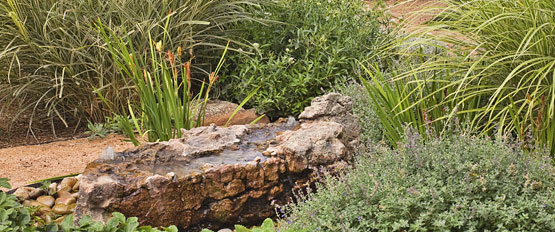
After determining the approximate size of your water storage tank, the next step is to start the landscape planning process. However, it should be noted that a landscape plan (especially a roofreliant plan) does not always develop in a linear fashion. Because the components of a landscape plan are so directly related to each other, these components often evolve simultaneously. And as landscape components change during the planning process, other components are also affected and often further adjustments must be made.
10/19/2015 | (1) Comments

